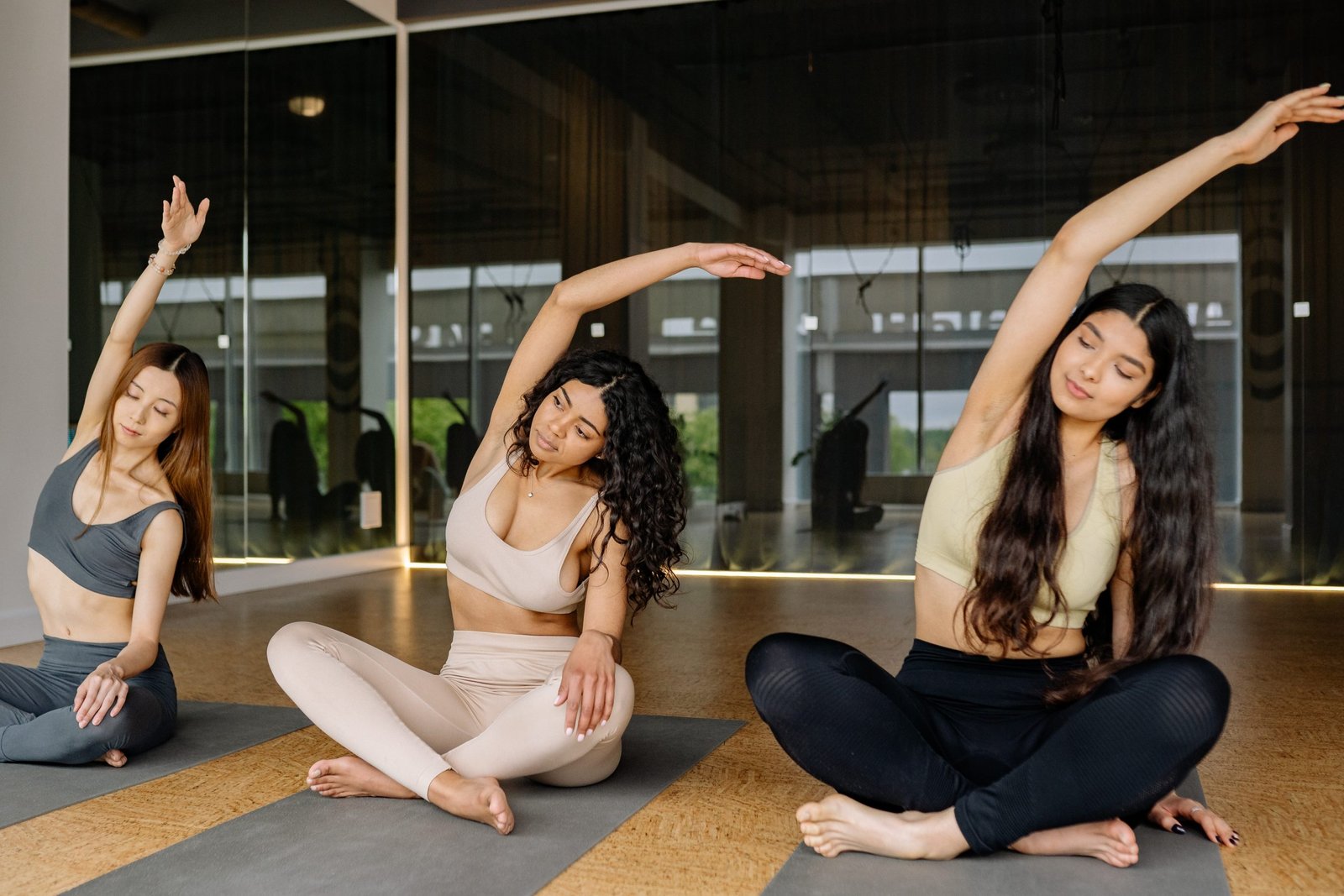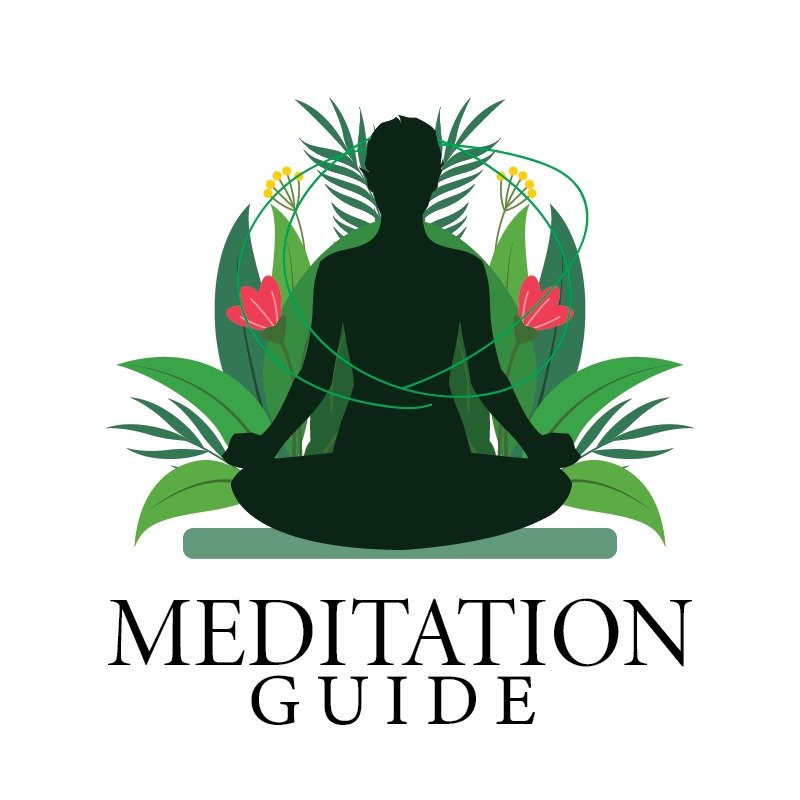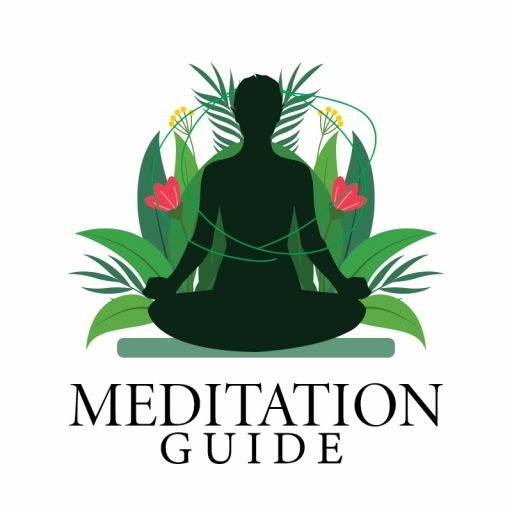
Meditation has been used for centuries to tackle stress, anxiety, and so many other chronic ailments. And now more than ever, it’s becoming more popular. But what does it take to teach someone how to meditate. Do you need a certification for it? To teach meditation, you do not need any type of certification.
There are courses available that you can take in order to learn more about the art of mediation and new ways to teach this ancient practice. Here are some resources that will provide you with information on how to start your new career as a meditation teacher.
How to Teach Meditation to Kids
Trying to teach meditation to kids isn’t easy. As a facilitator, you’ll need to know how to balance contact with the group with your own practice. You’ll also want to make sure the students’ attention doesn’t wander off during the process, so you can make your instructions as to specific and as simple as possible.
One way to keep your students focused during the class is to ask them to picture a person they admire – a sports personality, family member, or musician – and hold that image in their minds for as long as they can.
The first step in teaching meditation is to find a way to make it fun for the children. Children enjoy stories and visualizations. You can use a child’s favorite children’s book to teach meditation to your kids.
A child’s first meditation lesson will be a story based on his favorite story. If he’s already familiar with the concept, he’ll be more likely to be open to the idea.
How to Teach Meditation to students
When you’re teaching meditation to students, you’ll want to start with the beginning. It’s important to set clear boundaries and expectations for the class.
This will prevent anyone from getting too carried away and crashing into the class. You can also use guided meditation or self-regulation techniques to bring your students back into the present moment.
Using these techniques in a class setting is a good way to engage the body and provide a grounding effect for students.
How to Run a Meditation Class
If you are unsure of how to run a meditation class, start with a few tips. Firstly, you need to make sure that the participants are comfortable. They should not assume uncomfortable positions. Also, the equipment you use should be suitable for the duration of the meditation session.
It’s a good idea to inform the participants about the preparations you have done beforehand. Then, you can begin the meditation session.
During the meditation session, the most important aspect is to be consistent. The best time to meditate may be at the end of the day, or it may be during the workday.
If your audience is a working professional, it will be best if you can meet them during their commute. If it’s a homemaker, you might want to schedule your session during the times when the partner is home.
You can also set a specific time when the kids are in school.
Whether you’re a meditator or not, you can lead the meditation. Then, you can choose a theme for each session. It can be as simple as the ocean, or it can be as complex as a seascape.
Whatever theme you choose, it’s important that it feels right for the group. Ideally, you’ll be a non-meditator, but it’s okay to be a non-meditator too if you feel it’s appropriate.
If you’re leading a meditation class, you should have a strong voice. This way, your audience will be able to hear you without feeling too insecure or strained.
It’s also important to be aware of your tone since your meditation guide needs to be in tune with the breaths of the participants. When they’re comfortable, they’ll be more likely to follow you through the whole session.
In addition to this, it’s important to make sure that you aren’t boring your class – your audience won’t be able to hear your words or understand your tone.
You need to be present for the whole duration of the session.
You need to be prepared for anything, and your presence will make your meditation experience more enjoyable and rewarding.
You’ll also need to be ready to answer any questions or concerns that arise throughout the course of the meditation session.
The more you prepare, the better your results will be. It’s important to set goals for your class before it starts and encourage people to participate.
You can use music to set the mood. Adding music to the class will help slow the mind’s racing thoughts. You should choose music with no lyrics and that will fit into the background.
The music will also help you set the mood for guided meditation. This is crucial if you want your class to be a success.
You need to make sure that your students will be able to meditate well.
The first meditation class you conduct will be more effective when you provide them with an appropriate playlist.
During your class, you’ll want to keep the atmosphere relaxed and comfortable. The atmosphere of your meditation class should be peaceful.
Having enough time for conversation after the class can create a more intimate space. It can also help you get a better sense of your own meditation practice.
You should also have a purpose for leading the meditation group. In the end, the goal is to help others. So, think about why you’d like to lead a meditation session.
How Do I Become an Expert at Meditation?
If you have the desire to be an expert at meditation, you must develop a consistent practice. There are many different ways to master this skill.
You can arrange a retreat at your home, join an online course, or take an instructor’s course. In any case, you must focus on your breathing and your thoughts.
There is no need to try to focus on anything else. Nevertheless, if you want to become an expert at meditation, you must practice this skill regularly.
The first thing you need to do is to practice. Even if you have a busy mind, start with just a few minutes and build up from there. This will help you to maintain your focus and calm your mind. As you become more skilled, you will find it easier to concentrate and maintain your focus.
The next step is to develop your practice. By practicing your technique regularly, you will be able to get a higher level of success in your journey to meditation.
It is important to learn how to ignore the distracting thoughts that may arise while you are practicing.
Also to practice mindfulness, you must develop the skill of concentration. If you are able to do this, you will be a professional in meditation. If you practice a few times, you will be a master at meditation in no time.
Conclusion
Meditation is a spiritual and mental practice that helps to calm and focus the mind. It’s become increasingly popular over the past few years, and many people are now looking for meditation classes.
However, there are some who believe that you need a certificate to teach mediation. This is not true at all! Meditation can be taught by anyone as long as they have the knowledge to do so.
An expert in meditation can be a person who has practiced for a long period of time. During this process, you should be able to relax and unwind. You should not feel intimidated by this practice.







